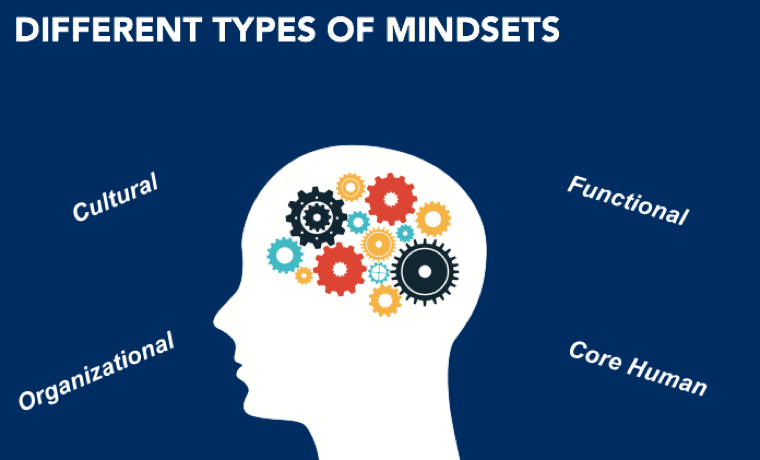
Speed matters in business.
Many executives today are leading high-growth companies and startups. Velocity-driven organizations and type A executives work hard at delivering new standards of performance and handling increased levels of change and creative tension without sacrificing trust or momentum. That is no accident though. These high-velocity and high-trust organizations are consistently working on their team dynamics and culture.
Most of us are only aware of our culture and its impact on our team’s performance when we have to adapt to something. Culture matters when there’s a problem (e.g., explosive change) – otherwise it’s just there. (paraphrased from E.Schein)
Sometimes, though, (even for business juggernauts) the continued pressure to make history and deliver on deadlines and commitments may lead to breakdowns. Despite the consistent good intentions and impressive accomplishments of the individuals on the team, team members may understandably get caught up in a “swirl” of counterproductive, cognitive conflict (causing drag forces) and affective conflict (causing drama/gravitational forces).
In physics, velocity, efficiency and momentum are negatively affected by drag. The faster you go, the more drag you create. Even tiny changes in drag can create large differences in performance.
At best, the “drama, drag and swirl” may be:
- Distracting and diverting the team’s energy away from more value-added activities.
- Decelerating the potential for additional momentum (i.e., maximum velocity).
At worst, the “drama, drag and swirl” may be:
- Undermining the team’s effectiveness and ultimate success of their business objective.
Approximately $350 billion U.S in lost productivity occurs annually in organizations, due to negative behavior (e.g. swirl, toxicity) according to Gallup research. As much as 40 percent of manager’s time is spent dealing with conflict, drama and unhealthy tension another research indicates. (Source: http://powerofted.com/the-costs-of-drama/)
Everyday (default/reactive) methods for responding to this kind of tension/drag may not help regain collaborative momentum or help your organization recover quickly enough. In these cases, gravity becomes the overpowering force compelling your organization to a complete stop.
Instead of default methods of diffusing conflict, high-velocity teams and cultures practice staying above the drama, drag and swirl more effectively, with a shared set of drag-reducing mechanisms (e.g., tools, skills, mindsets). To maintain speed, they practice with these tools (see chart below) consistently — especially at critical moments when it doesn’t seem like there is time to stop and practice.

What is creating drama, drag and swirl inside of your organization?




